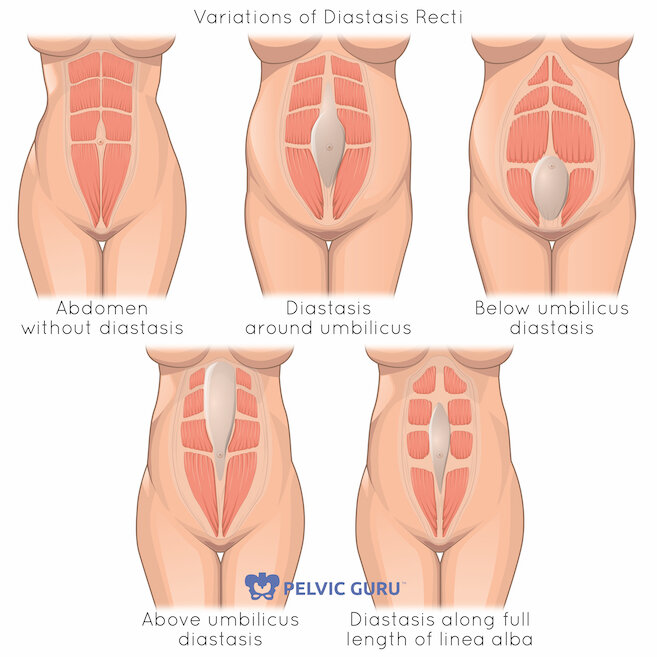RESTORE
3 Signs An Exercise Is NOT Safe With Diastasis Recti
Navigate any exercise, class or home workout with these 3 rules for Diastasis Recti (abdominal separation) or pelvic floor disorder.
There was a day when we were the first to tell mamas:
Your abs might not be exactly the same as they were before pregnancy.
The natural abdominal separation (Diastasis Rectus Abdominis) that occurs in pregnancy was not well studied or known until recently.
And many mamas coming to our group classes hadn’t even heard of Diastasis Rectus Abdominis (DRA), let alone learned how they should exercise to heal and protect it after giving birth.
After all, women’s health issues in general have’t been well studied or known until recently.
“A transient female problem related to childbearing? PFFFF. Let’s keep researching erectile dysfunction.”

Men at work.
What Is Diastasis Recti?
Naturally, as a pregnancy progresses, a mother’s body must give way to accomodate the growing baby.
Not surprising if you think back to all those aches and pains and generally how you felt like a 10-tonne Mack truck about, oh, month 8 or 9… right? ??
Of all the areas changed by pregnancy, the abdomen and pelvis bear the brunt. Your little one was housed within the walls of your deep core, snug and warm.
It’s natural and normal that your abdominal and pelvic muscles will change to accommodate this, the most important of tasks: making a freaking baby.

pelvicguru.com
Abdominal separation is normal, but that doesn’t mean it isn’t important to your exercise choices and methods.
So, first things first, don’t panic.
Abdominal separation, or DRA, is normal. All mamas likely have it at some point during their pregnancy, and probably during the postpartum period for at least several weeks, perhaps several months or longer depending on how healing and hormonal/lifestyle/genetic factors progress.
Now that we’re not panicking, let’s talk about what it means fo your exercise plan.
3 “Red Flags” While Exercising with Diastasis Recti
Keep Exploring
Start Getting Strong









